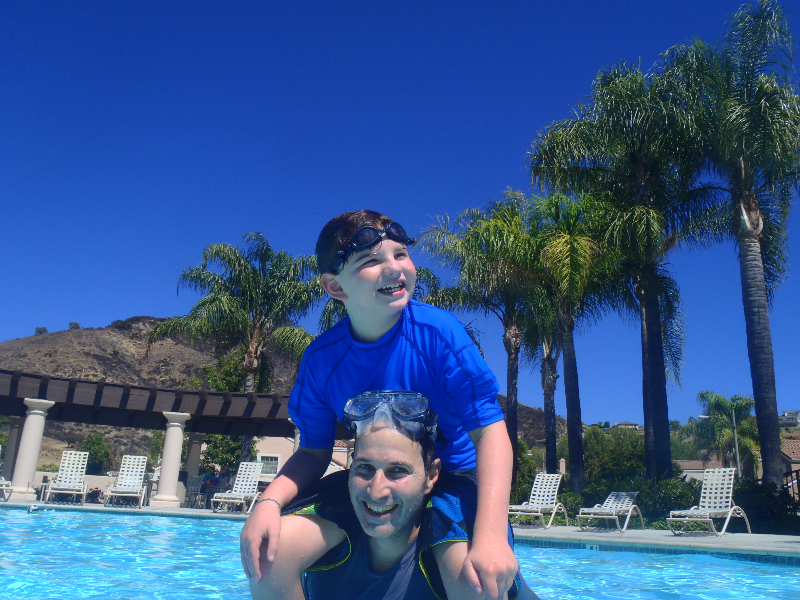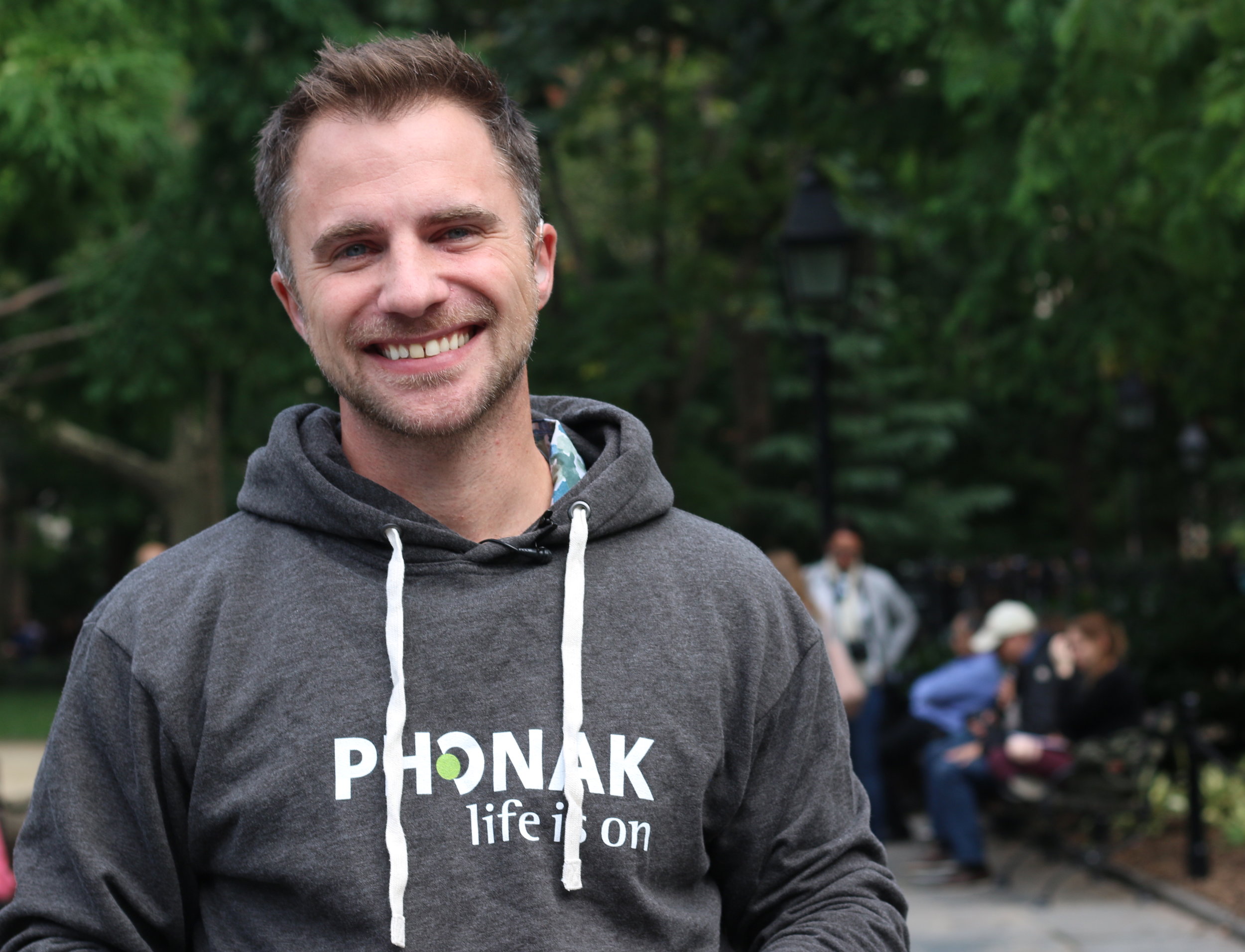By Vicky Chan, Lauren McGrath, and C. Adrean Mejia
This spring, Hearing Health Foundation (HHF) has been fortunate to welcome two outstanding, dedicated young professionals to its office: Vicky Chan, Copywriting Intern and C. Adrean Mejia, Social Media and Digital Communications Intern. In honor of Intern Awareness Month, celebrated each April, Vicky and Adrean reflected on their experiences as members of the small yet mighty HHF team under the supervision of Lauren McGrath, Marketing Manager.
Vicky, a recent graduate from Brooklyn College with a Bachelor’s Degree in English, believes that interning at HHF has equipped her with invaluable, real-world experience to grow as both a professional and an individual. So far, Vicky has utilized her skills by editing, researching, and conducting interviews for HHF’s blog and magazine. A former writing tutor, Vicky acknowledges that writing for an official publication like Hearing Health magazine is markedly different than completing a college professor’s assignment. Unlike academic essays, Vicky’s articles at HHF must fit the voice of an established organization. And to effectively craft interview-style stories, Vicky has learned to put herself in the subject’s position to determine how they want their story to be portrayed.
Adrean Mejia (left) interned with HHF as a Social Media and Digital Communications Intern this semester. Vicky Chan is a current Copywriting Intern.
“Everyone at HHF has been open to my questions or suggestions to create an inviting learning environment,” Vicky notes. She’s pleased that HHF has given her purpose and the responsibility to produce written content about hearing health awareness. “Each time I complete an article or see my name on the byline, I feel a sense of satisfaction and pride because it shows that I am working towards my career goal—one step at a time.” Vicky plans to pursue a career in the book publishing field.
Adrean, who will soon complete his Bachelor’s Degree in Corporate Communications from Baruch College, recently ended his internship feeling inspired by HHF’s mission and enlightened by what he’s learned. Adrean, speaking honestly about the experience, admits, “At the beginning, adapting to the nonprofit sector and understanding the concepts related to hearing health were challenges for me.”
Fortunately, the role turned out to be enjoyable for Adrean thanks to the accommodating, communicative staff. He is grateful for the experience, which has opened up his eyes to new horizons and enabled him to contribute to an inspiring mission. Now ready to begin his postcollegiate career, Adrean’s long-term professional goal is to achieve a high position in the entertainment and beauty industry to showcase his vision as an artist.
HHF is grateful to Vicky, Adrean, and the dozens of other interns who have offered their time and talents to further hearing loss research and awareness. The foundation looks forward to meeting its Summer 2018 interns, who will pursue projects related to awareness, advocacy, video production, communications, digital media, fundraising, and donor management. To learn about Fall 2018 opportunities, contact us at careers@hhf.org or visit www.hhf.org/join-our-team in August.


















